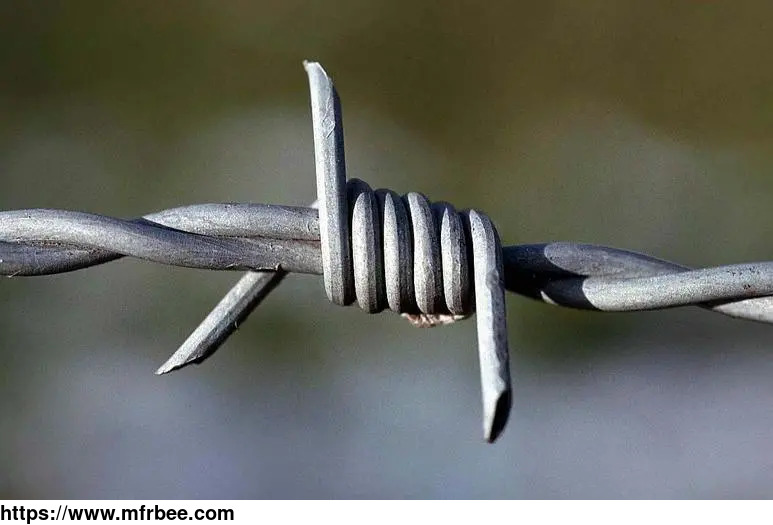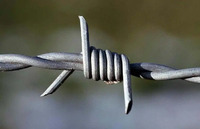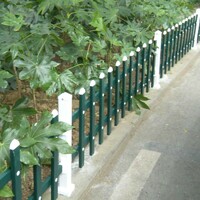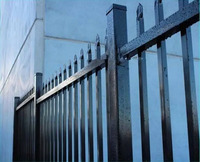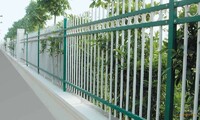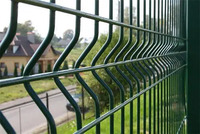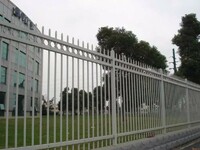Barbed Wire Fence
Specifications
Pusheng supply different types of barbed wire fence and fence accessories
Barbed wire fencing is a type of fencing that is made up of thin, sharp metal wires twisted together, usually in multiple strands. The strands are usually coated with a protective material such as
galvanized steel or plastic to prevent rusting and corrosion. Barbed wire is often used to keep animals in, or out, of certain areas. It is typically installed around farms, ranches, and other
properties where animals need to be contained.
Barbed wire fencing consists of two main components: the barbs and the posts. The barbs are the thin metal wires that are twisted together and secured to the posts. The barbs come in various
lengths, with shorter barbs being more effective at keeping animals in, while longer barbs can be used to keep animals out. Posts are typically made of , metal, or plastic coated steel and they are
used to support the weight of the barbed wire. Posts can be of various sizes and shapes, depending on the size and configuration of the fence.
How to assemble barbed wire coils on the steel fencing top together and how to install gates, fix Y fence posts, and install barbed wire coils.
To begin assembling a barbed wire coil on the steel fencing top, you'll need the following materials: barbed wire, wire cutters, and pliers. Begin by measuring the length of fence that you need to cover with the barbed wire. Unwind the barbed wire and cut it with the wire cutters based on the measurements. With the pliers, grab the cut piece of barbed wire and twist it around one of the fence's posts, starting from the bottom and working your way up. Once the end of the barbed wire reaches the top post, tie it off tightly and repeat the process for the rest of the fence posts. Once all the posts have been covered with the barbed wire, use the pliers to attach two barbs at the end of the barbed wire, connecting it securely to the top of the fence.
When installing a gate, you will first need to measure the space between the fence posts and prepare the hardware for the gate. Place the latch hardware, hinge hardware, and gate handle hardware all in their appropriate positions, using screws to attach them. After the hardware is in place, slide the gate in between the fence posts and screw it in place. Securely attach the latch, handle, and hinges to ensure the gate is properly installed.
For fixing a Y fence post, you'll need to check to make sure that your post is secure enough for the fence. If the post is not properly secured, you may need to dig deeper and use concrete to get it into place. Once the post is secure, use the pliers to attach the wire to the post, stretching it in the shape of a 'Y'. Make sure to secure the wire firmly to the post, tying it off closely so that the fence remains stable.
Finally, to install a barbed wire coil, you will first need to secure the end of the coil to the steel fencing top. Measure the length of fence that needs to be covered and cut the barbed wire accordingly. Attach the cut piece of barbed wire to one of the fence posts, starting from the bottom and working your way up. Once the end of the barbed wire reaches the top post, tie it off securely and repeat the process for the rest of the fence posts. Once all the posts have been covered with the barbed wire, use pliers to attach two barbs to the end of the barbed wire, connecting it securely to the top of the fence.
- Country: China (Mainland)
- Business Type: Huaway Guardrail Engineering Co.
- Market: Africa
- Founded Year: 1993
- Address: Weimin Street, Dezhou, Shandong
- Contact: Ge Ping
